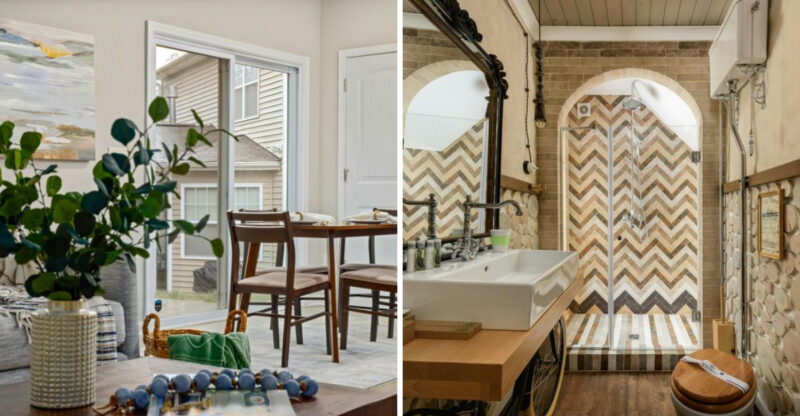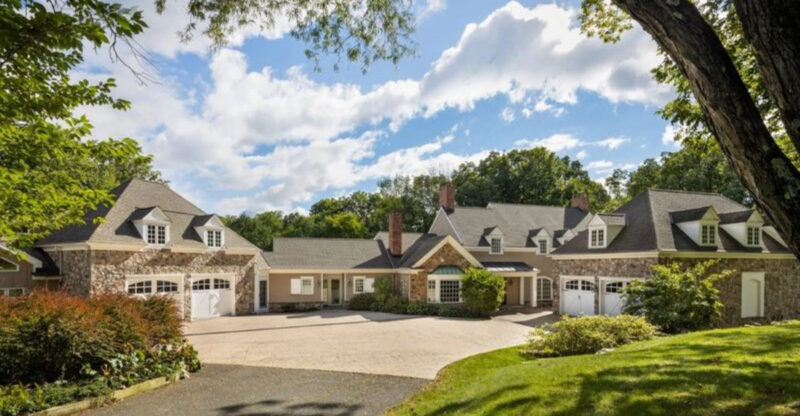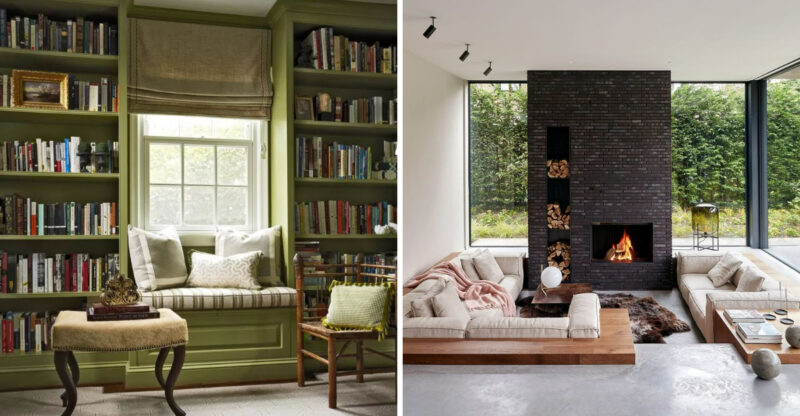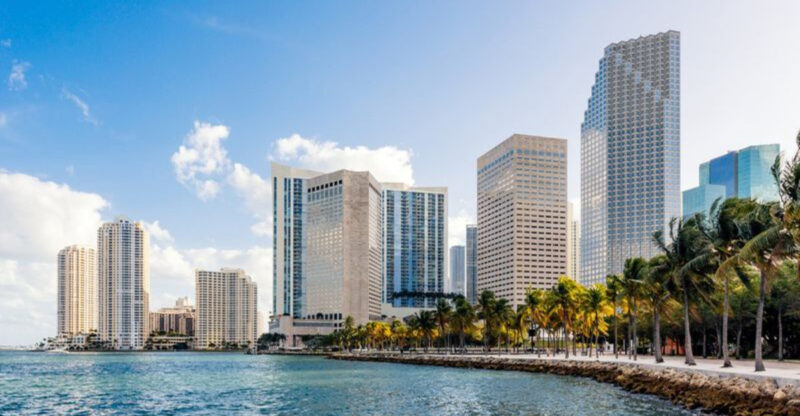California Home Styles That May Lose Popularity By 2030
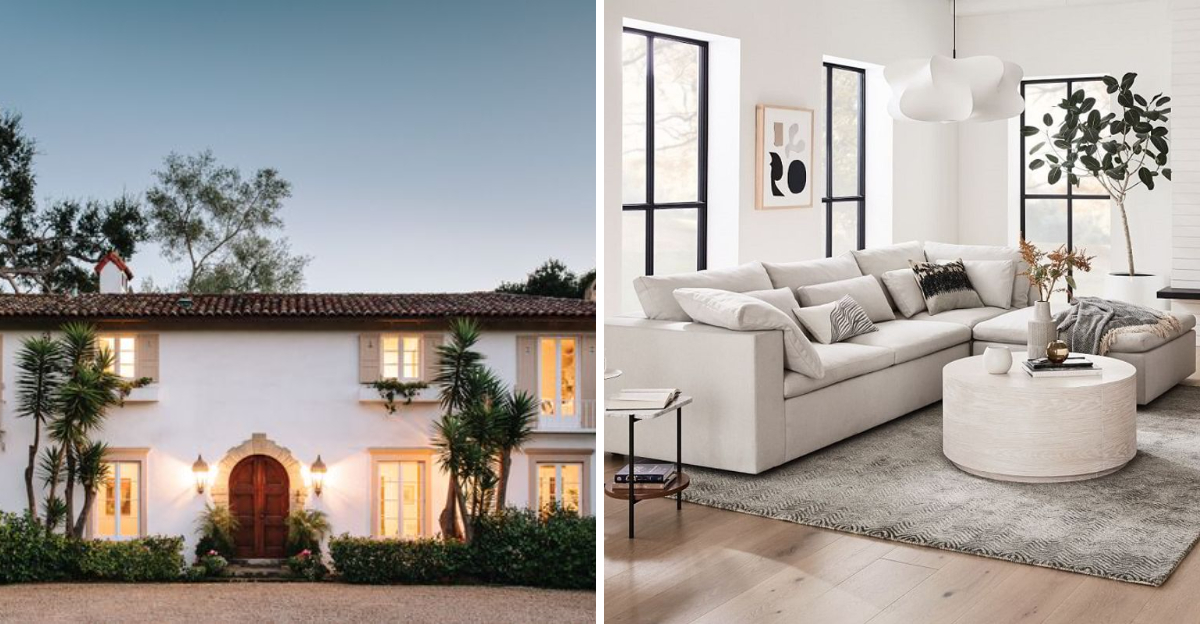
California’s housing landscape is constantly evolving, shaped by changing tastes, environmental concerns, and economic factors.
What’s trendy today might feel outdated tomorrow as homebuyers’ preferences shift toward more sustainable, practical living spaces. Let’s explore five California home styles that experts believe might fall out of favor by the end of this decade.
1. Mediterranean McMansions
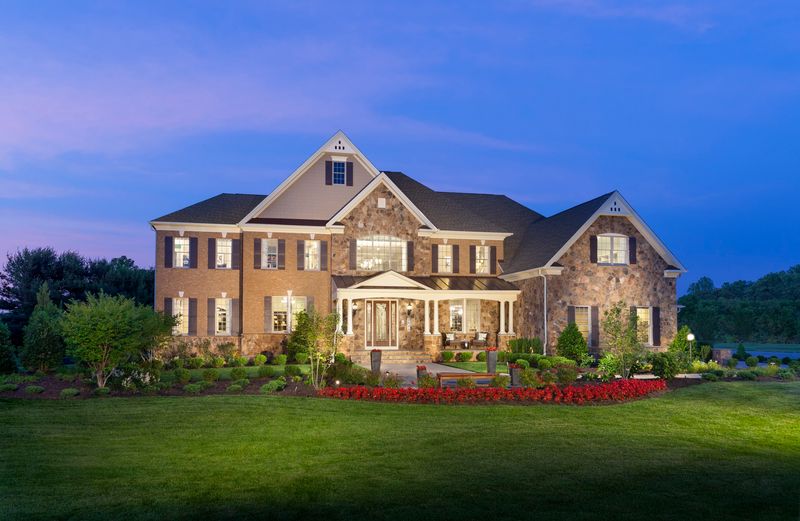
Once the crown jewels of upscale California neighborhoods, sprawling Mediterranean-inspired estates with terracotta roofs and ornate detailing are now losing their luster. They were once symbols of prestige in the 1990s and 2000s.
Many younger buyers see them as resource-hungry homes that are expensive to heat, cool, and maintain. Their faux-European grandeur can feel out of step with today’s preference for environmentally conscious design.
Instead of sheer size, modern luxury emphasizes quality craftsmanship, eco-friendly features, and spaces that suit contemporary living patterns. As tastes evolve, the era of the Mediterranean McMansion in California appears to be coming to a quiet close.
2. Open Concept Floor Plans
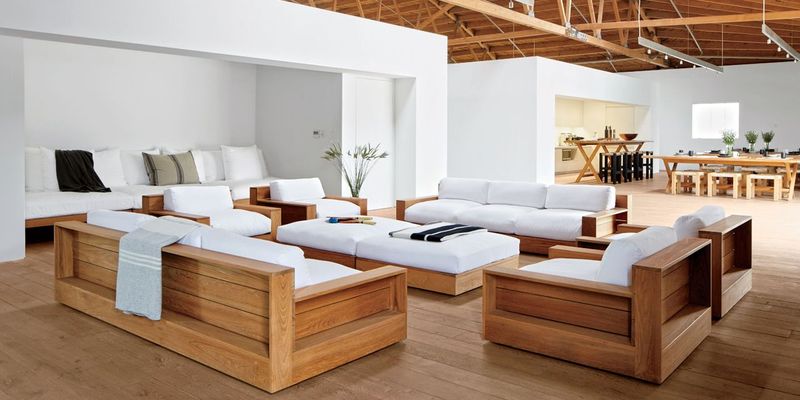
Not long ago, knocking down walls to create large, flowing living spaces was considered the ultimate home upgrade. Families embraced open layouts for their airy feel and sense of connection.
However, the pandemic revealed the downsides of living, working, and relaxing in one shared space. Cooking smells traveled far, and noise from TVs or Zoom calls became hard to escape. Privacy is once again in demand!
Homeowners want to reintroduce subtle separations between rooms. By 2030, expect more sliding doors, built-in bookcases, and creative dividers that allow for flexible living!
3. Tuscan-Inspired Kitchens
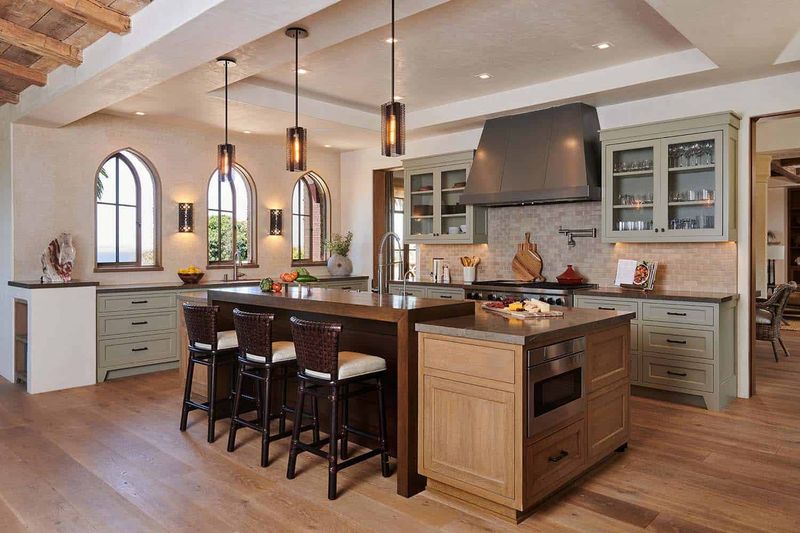
The Tuscan kitchen once reigned supreme in California homes. Its earthy palette and ornate details brought a warm, rustic feel that many loved in the early 2000s.
Today, however, these kitchens often feel heavy and outdated compared to modern design preferences. Homeowners are leaning toward light, airy spaces with clean lines, pale woods, and quartz countertops.
Integrated technology, energy-efficient appliances, and sustainable materials are becoming the new standard. The shift marks a move away from faux-Italian farmhouse style toward a more streamlined and versatile look.
4. Tiny Houses On Wheels
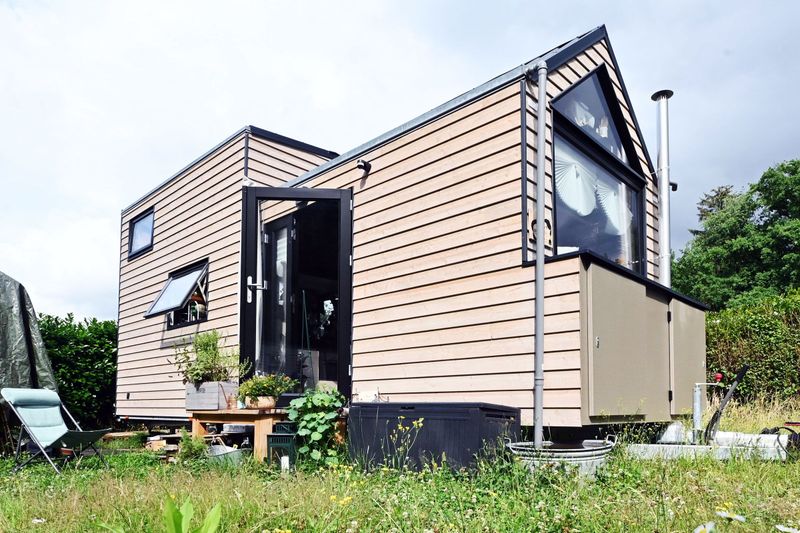
The tiny house on wheels was once a symbol of freedom, minimalism, and eco-conscious living in California. Many embraced the idea of downsizing to reduce expenses and environmental impact.
Over time, though, the realities of ultra-compact living became more apparent. Limited storage, zoning restrictions, and difficulties with financing or insurance have discouraged some early adopters.
As a result, the trend is evolving toward small but stationary homes like ADUs (Accessory Dwelling Units), which offer many of the same benefits without the drawbacks of mobility. By 2030, California’s tiny living movement is likely to focus more on permanence and practicality than novelty.
5. All-White Minimalist Interiors
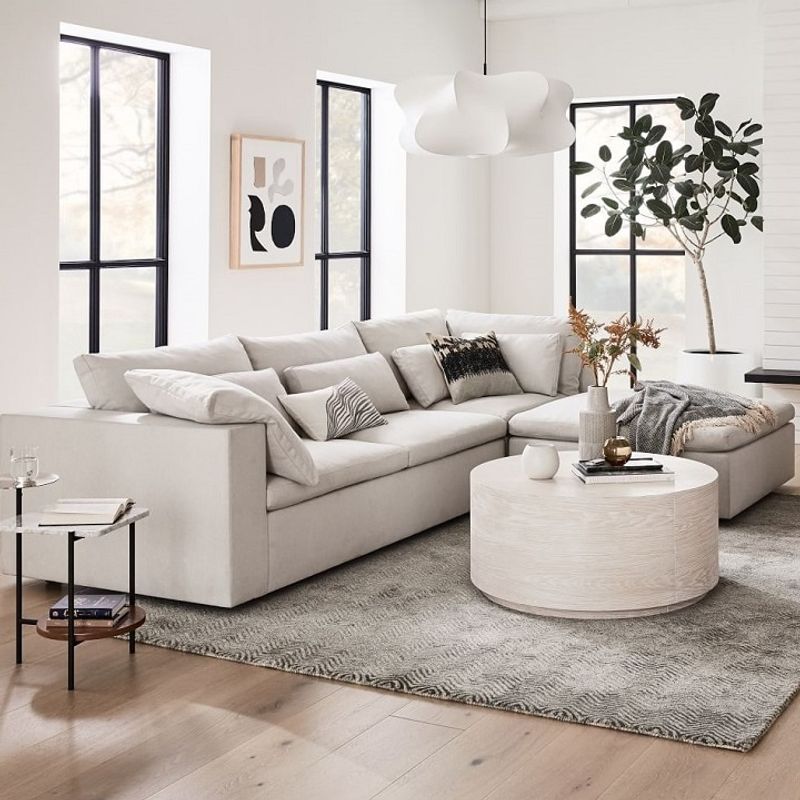
For years, all-white minimalist interiors dominated design magazines and social media feeds with their sleek, photogenic appeal. These spaces promised a sense of calm and order but often proved difficult to maintain in real life.
Fingerprints, spills, and everyday clutter quickly disrupted the pristine aesthetic. The pandemic shifted tastes toward interiors that feel warmer, more personal, and more forgiving.
Natural materials, soft color palettes, and meaningful decorative objects are replacing stark, showroom-perfect spaces. By 2030, California interiors will likely embrace an eclectic, comfortable style that celebrates personality over perfection.
6. Spanish Colonial Revival Mansions
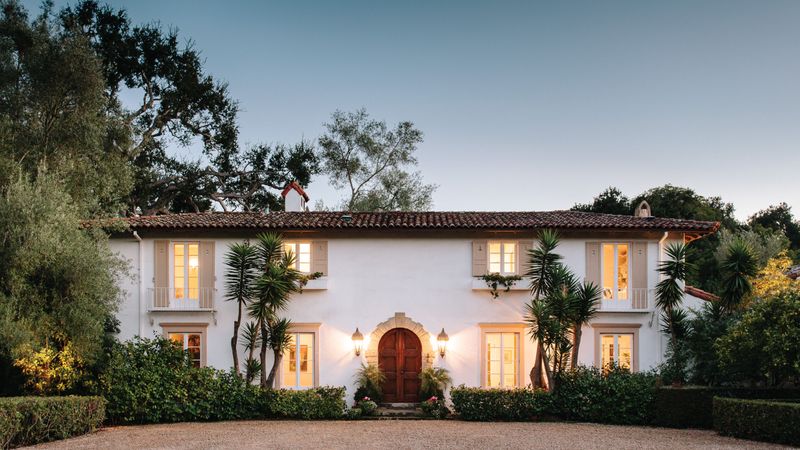
Sprawling Spanish Colonial Revival mansions with their red tile roofs and ornate detailing have defined luxury living in California for decades. However, their excessive size and resource requirements are falling out of favor.
The maintenance costs alone are becoming prohibitive. Younger homeowners increasingly reject these high-maintenance properties with their thirsty lawns and energy-inefficient layouts, preferring smaller, smarter homes instead.
Climate change concerns are also driving this shift, as these massive structures typically have substantial carbon footprints. Buyers prioritize sustainability over square footage and historical grandeur.

